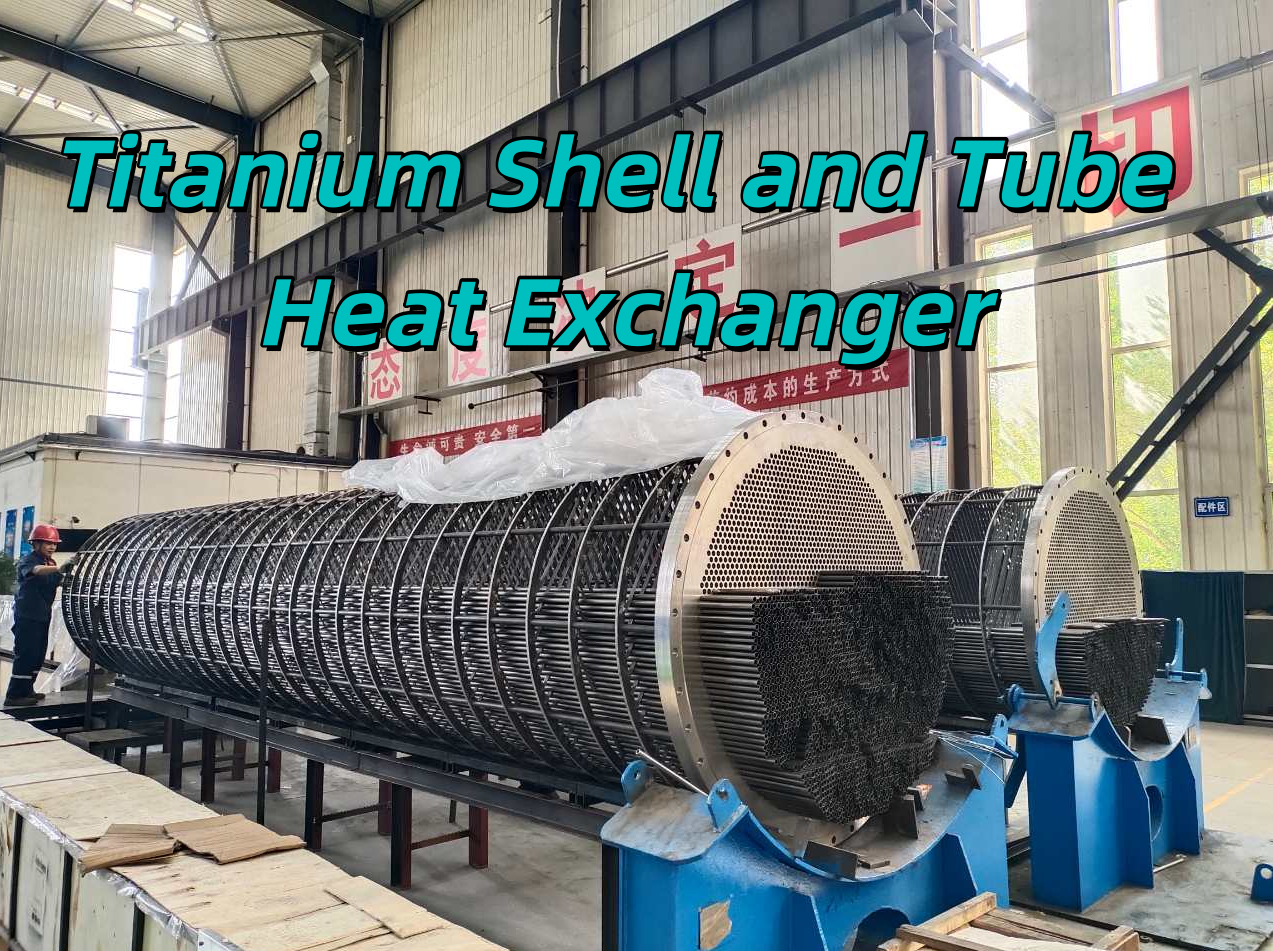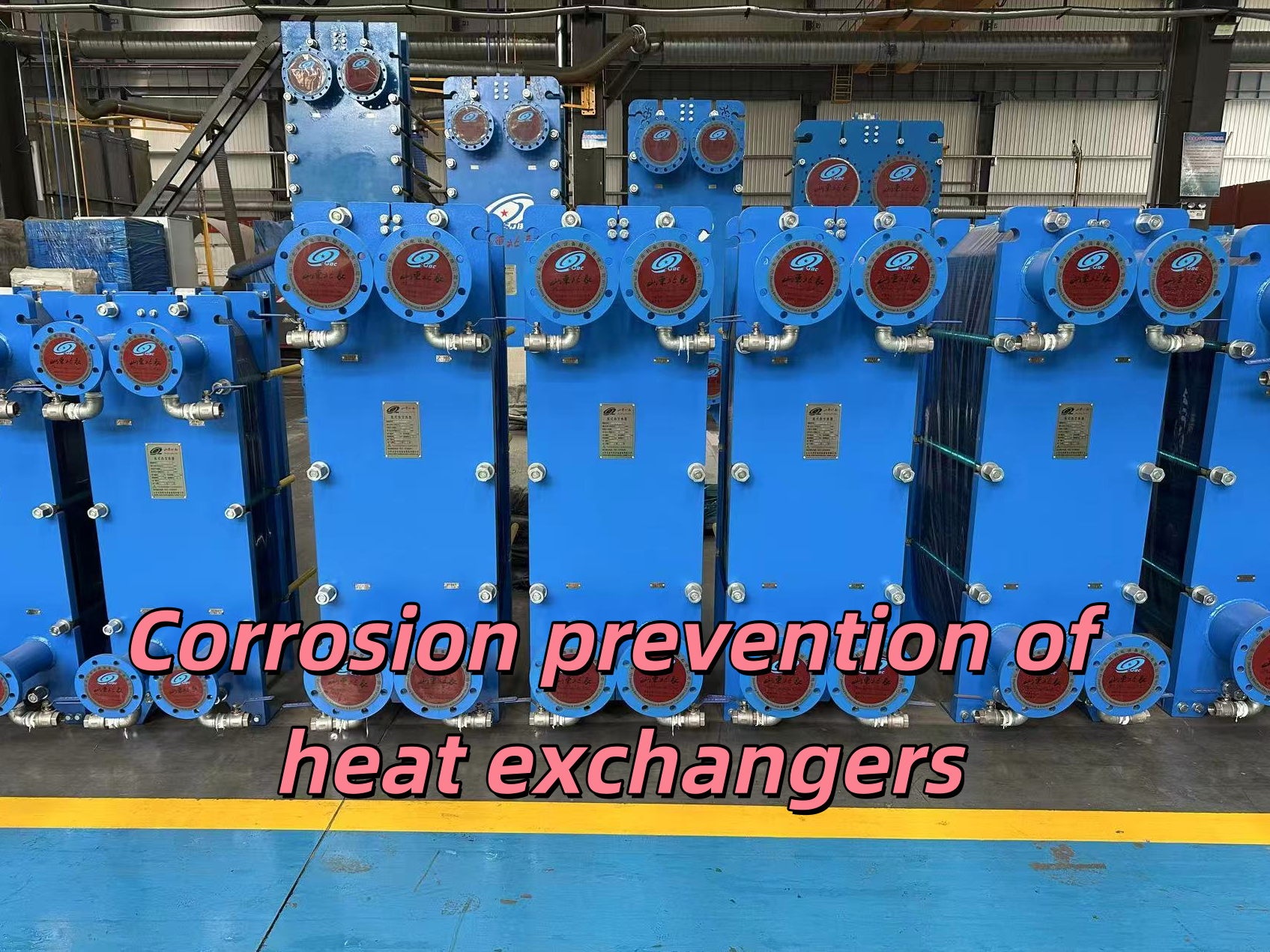How to repair plate heat exchangers?
Release time:
2025-01-03
Maintenance of plate heat exchangers is an important part of ensuring their efficient operation, which usually includes the following steps and precautions:
1. Inspection and diagnosis
1.1.External inspection: Check for leaks, deformation, corrosion or other appearance damage.
1.2.Internal inspection: Disassemble the plate to observe whether there is scaling, cracks, perforations or gasket aging.
1.3.Performance diagnosis: Check whether the thermal efficiency and pressure drop are normal, and determine whether cleaning or replacement of parts is required.

2. Cleaning
2.1.Physical cleaning:Remove surface deposits with a high-pressure water gun.For thicker dirt, use a plastic scraper or soft brush to clean it to avoid damaging the plate.
2.2.Chemical cleaning:Choose acidic or alkaline cleaning agents according to the type of dirt, such as acid cleaning agents for removing carbonates or alkaline cleaning agents for removing oil.
2.3.After cleaning, rinse thoroughly to prevent residual chemicals from corroding the equipment.
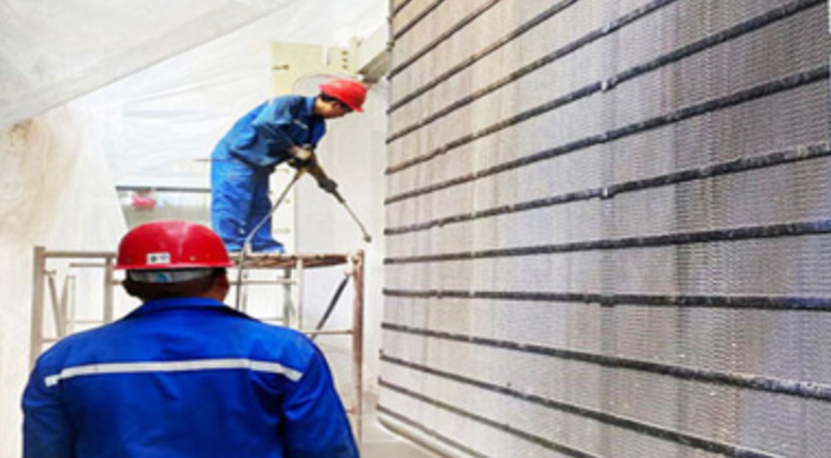
3. Plate maintenance
3.1.Replace damaged plates: Cracked, perforated or excessively corroded plates should be replaced in time.
3.2.Repair minor damage: Minor scratches can be treated by polishing or repair welding.
3.3.Plate repassivation: After chemical cleaning, it is recommended to perform passivation treatment to restore the corrosion-resistant layer on the stainless steel surface.
4. Gasket inspection and replacement
4.1.Check the aging, hardening or deformation of the gasket.
4.2.Use a replacement that matches the original gasket material to ensure sealing performance.
4.3.Apply special lubricant after replacement to extend life.
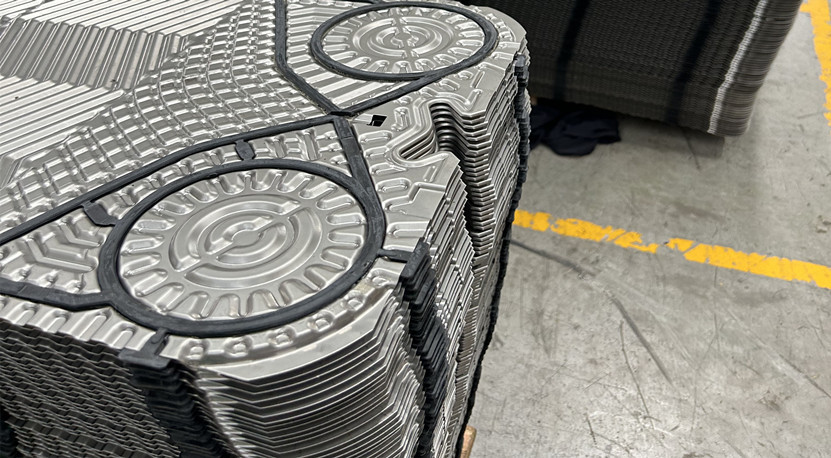
5. Assembly and seal test
5.1.Reassembly: Install the plates according to the specified clamping size, paying attention to the order and direction of the plates.
5.2.Seal test: Pressurize to working pressure or slightly higher, and check for leaks.
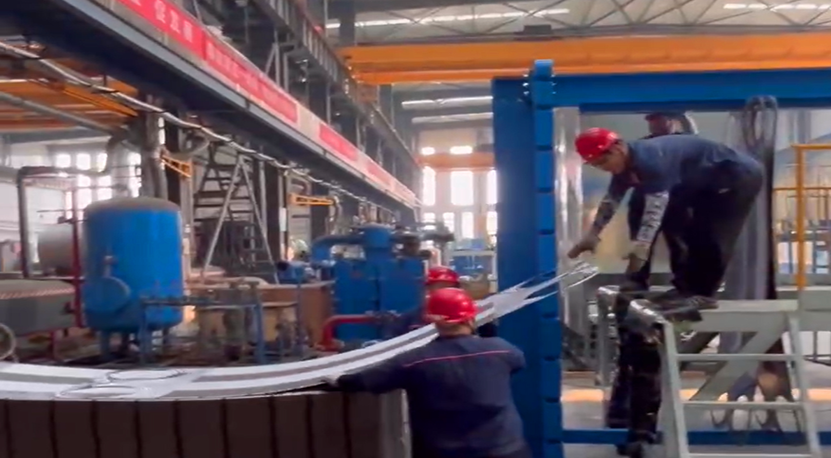
6. Regular maintenance and records
6.1.Develop a regular maintenance plan and thoroughly inspect and clean the equipment every six months or one year.
6.2.Record maintenance and replacement for subsequent analysis and improvement.
7. Precautions
7.1.Cleaning agent selection: Make sure that the cleaning agent does not corrode the plate material (such as 304, 316 stainless steel or titanium).
7.2.Disassembly and assembly tips: Avoid over-clamping or loosening to avoid plate deformation or seal failure.
7.3.Safe operation: Pay attention to protection during maintenance, especially when using chemical cleaning agents, wear protective clothing.
Plate Heat Exchanger Maintenance Manual Download Link






